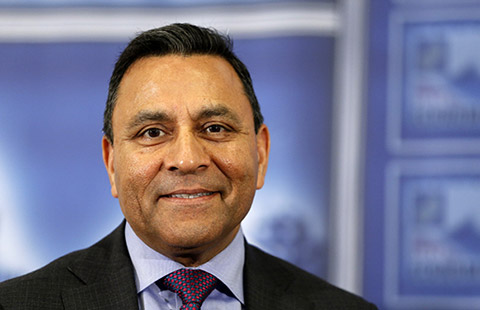Half-year reports reveal risks for steel companies
Similar measures were also adopted by other steel companies, such as Shaoguan Steel.
Due to the overall depression in the steel sector, the financial risks of these major companies are still on the rise. The combined accounts receivable for the 18 companies were 19.8 billion yuan, among which Baosteel reported 10.8 billion yuan not yet credited into its accounts.
Yet, only 422 million yuan were set aside by these companies for possible bad debts, while Lingyuan and Magang made no provisions.
Li Xinchuang, deputy secretary of the China Iron and Steel Association, warned that steel companies may face cash from problems in less than a year, which could have a domino effect and knock down the entire sector.
By the end of June, the 86 large steel enterprises nationwide had more than 3 trillion yuan in debt, including 1.3 trillion yuan in bank loans, according to the CISA. The debt-to-asset ratio was nearly 70 percent.
Most steel companies are still struggling amid decreasing profit margins in the sector due to sluggish demand and overcapacity. According to the CISA, the average sales profit margin of its members was just 0.13 percent in the first half, the lowest level in China's industrial sector. More than 40 percent of companies reported losses, 3.79 percent more than a year before.
The price of imported iron ore has increased by about 30 percent since the end of May, while prices at the end of the manufacturing chain only rose less than 10 percent.
Liu Yongchang, an expert with the Metallurgical Chamber of Commerce, who used to be the director of the steel department at the former Ministry of Metallurgical Industry, said that China's steel market remains the most active in the world, but misguided policies have dampened the healthy development of the sector.
"Overcapacity is just an apparent cause for the sector's losses, the real reason is that the market is dominated by products selling at a loss, which destructed the price transmission system to downstream sectors."
He suggested that the government should stop intervening and let the market play its role, so that the companies in the red could face their "judgment by the market".



















